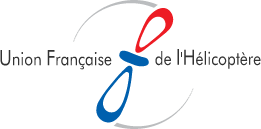Dear colleagues,
Locked in a system, habits and certainties, it is sometimes healthy to sit down to think and analyze.
Today I offer you a reflection on the ever-increasing regulatory production of EASA and at an ever-increasing pace.
If the EASA safety mission is a goal and a concern shared by the aviation sector and members of the helicopter industry, it is the means implemented to enhance it that can be of concern.
Is the uninterrupted flow of rulemaking, changes in regulatory framework, NPAs, opinions, amendments, which has been flooding professionals and national authorities for years a relevant means of promoting and increasing Safety?
Doesn’t this flood lead to a collective drowning of professionals and authorities in the depths of details?
What are we notice among operators today?
- An accident rate which does not decrease or only slightly.
- An increasing administrative workload for staff.
- Excessively time-consuming administrative tasks that distract staff from their primary mission and tasks.
- A notable discouragement among the managers designated under the European ORO Gen 200 regulation who are giving up their jobs and whom no one would want to replace.
- A shortage of qualified personnel, particularly among mechanics and managers responsible for compliance and safety.
- Regulatory and legal uncertainty maintained by the polymorphe continuous stream of regulations, illustrated by the 2336 pages published by EASA EASY access rules for Air Operations
- The growing economic precariousness of the companies we represent.
- The growing incomprehension of their customers in the face of the multiplication of constraints to satisfy before carrying out ordered missions.
Will we finally agree to stop the proliferation of regulations and find what will really advance safety even if it means denying our certainties? Make the debate start!
Cheers
Christophe Rosset
Président du Syndicat National des Exploitans d’HélicoptèresCo-président de Union Française de l’Hélicoptère et du vol vertical

